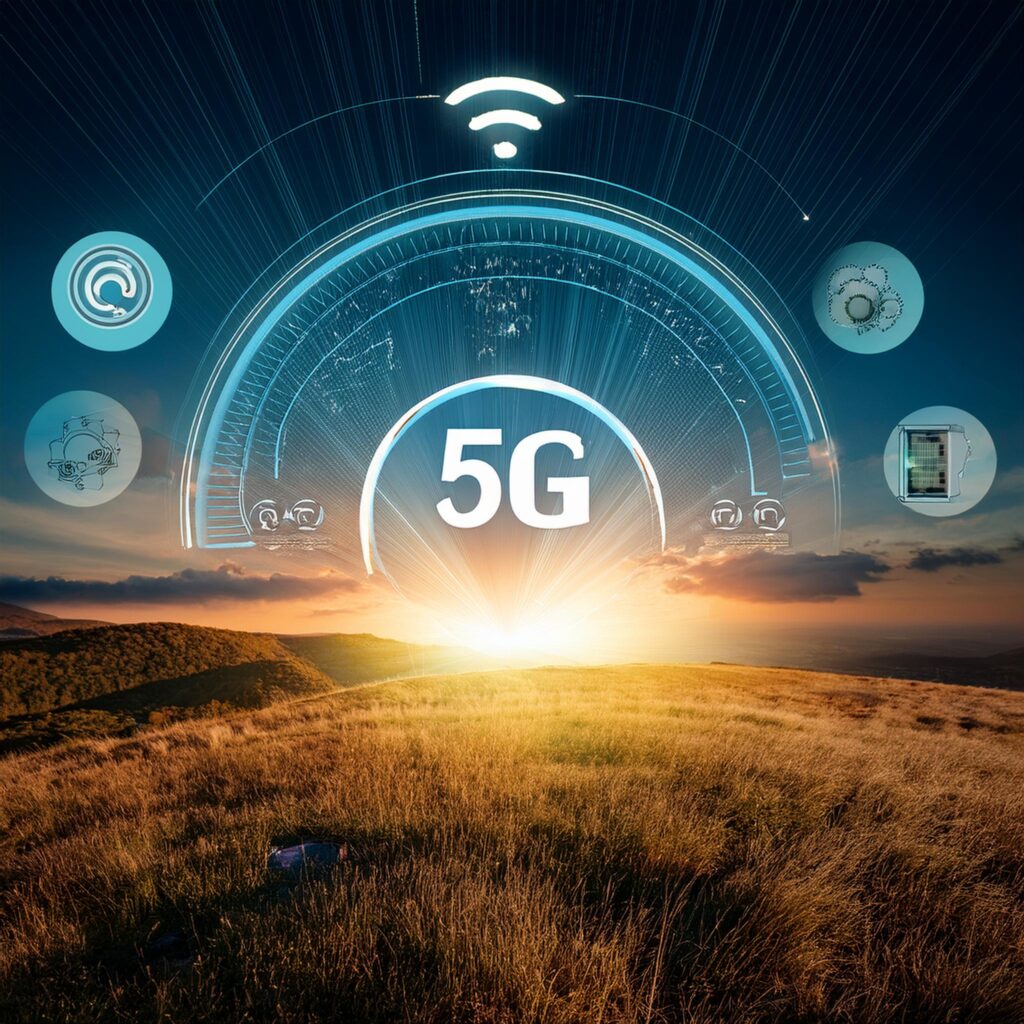The Digital Revolution: High-Speed Connectivity as a Catalyst for Change
In today’s rapidly evolving technological landscape, high-speed connectivity has emerged as a cornerstone of modern society. It has permeated every aspect of our lives, from the way we communicate and work to how we learn and entertain ourselves. This article delves into the significance of high-speed connectivity, its impact on various sectors, and the challenges and opportunities it presents.
Understanding High-Speed Connectivity

High-speed connectivity refers to the ability to transmit and receive data at significantly faster rates than traditional broadband connections. This technological advancement has been driven by the increasing demand for faster internet speeds, fueled by the proliferation of data-intensive applications such as video streaming, online gaming, and remote work.
The Impact of High-Speed Connectivity
High-speed connectivity has revolutionized numerous industries and transformed the way we live and work. Here are some key areas where its impact is felt:
1. Education:
- Enhanced Learning Experiences: High-speed internet enables access to a vast array of educational resources, including online courses, virtual classrooms, and interactive learning platforms.
- Remote Learning: Students can learn from anywhere in the world, breaking down geographical barriers and providing flexibility.
- Digital Libraries and Research: Students and researchers can access vast digital libraries, academic databases, and research papers with ease.
2. Healthcare:
- Telemedicine: High-speed connectivity facilitates remote consultations between doctors and patients, improving access to healthcare, especially in rural areas.
- Remote Monitoring: Patients can be monitored remotely using wearable devices, enabling early detection of health issues and timely intervention.
- Medical Research: High-speed internet enables researchers to collaborate globally, share data, and accelerate medical breakthroughs.
3. Business and Industry:
- Remote Work: High-speed connectivity empowers employees to work remotely, increasing productivity and flexibility.
- Cloud Computing: Businesses can leverage cloud-based services to store, process, and access data, reducing costs and improving efficiency.
- Internet of Things (IoT): High-speed connectivity is essential for the development and deployment of IoT devices, enabling smart homes, smart cities, and industrial automation.
4. Entertainment and Media:
- Streaming Services: High-speed internet has fueled the growth of streaming services, allowing users to watch movies, TV shows, and sports events on demand.
- Online Gaming: High-speed connectivity enables immersive online gaming experiences, with minimal lag and high-quality graphics.
- Virtual and Augmented Reality: High-speed internet is crucial for the development and adoption of virtual and augmented reality technologies, opening up new possibilities for entertainment and education.
5. Social and Economic Development:
- Digital Divide: High-speed connectivity can help bridge the digital divide, ensuring that everyone has access to information and opportunities.
- Economic Growth: High-speed internet can stimulate economic growth by fostering innovation, attracting investment, and creating new jobs.
- Social Inclusion: High-speed connectivity can promote social inclusion by enabling people to connect with others, access information, and participate in online communities.
Challenges and Opportunities
While high-speed connectivity offers immense benefits, there are also challenges to be addressed:
- Digital Divide: Ensuring equitable access to high-speed internet remains a significant challenge, particularly in rural and underserved areas.
- Cybersecurity: As we become increasingly reliant on the internet, cybersecurity threats are growing, necessitating robust security measures.
- Data Privacy: Protecting personal data in the digital age is crucial, as data breaches can have severe consequences.
However, these challenges also present opportunities for innovation and collaboration. By investing in infrastructure, promoting digital literacy, and developing strong cybersecurity measures, we can harness the full potential of high-speed connectivity and create a more connected, equitable, and prosperous future.

